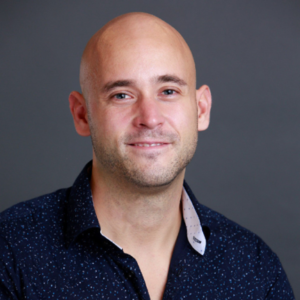The European Digital Treasures team wants to disclose the various presentations held within the workshop “New digital exponential technologies towards the generation of business models” on 2nd and 3rd of September, 2021 at the Provincial Historical Archive of Alicante (Spain). For this reason, we are posting about each of the presentations.

One of the speakers was Daniel Stromer, who started to study medical engineering at Friedrich-Alexander-University Erlangen-Nürnberg (FAU) in 2010. In 2019, he finished his PhD (Dr.-Ing.) in Computer Science with the title “Non-invasive imaging for Digital Humanities, Medicine, and Quality Assessment“. Daniel is now heading the Learning Approaches for Medical Big Data (LAMBDA) group of the Pattern Recognition Lab (PRL) at FAU. In parallel, he joined Siemens Healthineers as collaboration manager for Digital Health. He is currently project lead of a multimodal document digitization project as well as interested in research where pure image data is being enriched and correlated with new data sources.
Abstract. Historical documents are witnesses of history that provide us with valuable information about former times. Many of these relics are too fragile to open them, such that innovative non-invasive imaging techniques can help to reveal hidden contents. In this work, we present our research on Computed Tomography, Phase-contrast and Terahertz imaging. We use image processing methods to visualize the digital data for the naked eye. Our use cases are mainly books, but also Asian bamboo scroll data is shown. As an outlook, our future research will focus on hybrid imaging approaches combined with intelligent image processing. Our research aim is to gain insights, and based on them, provide guidelines for specific documents. Therefore, the space of documents and modalities is presented. We try to utilize advantages and counter disadvantages of certain modalities. Finally, the future of this highly translational research is discussed and possible considerations for potential commercialization are presented.
You can watch the whole session on YouTube here & read the manuscript paper here!
Written by Daniel Stromer & the European Digital Treasures Team.
